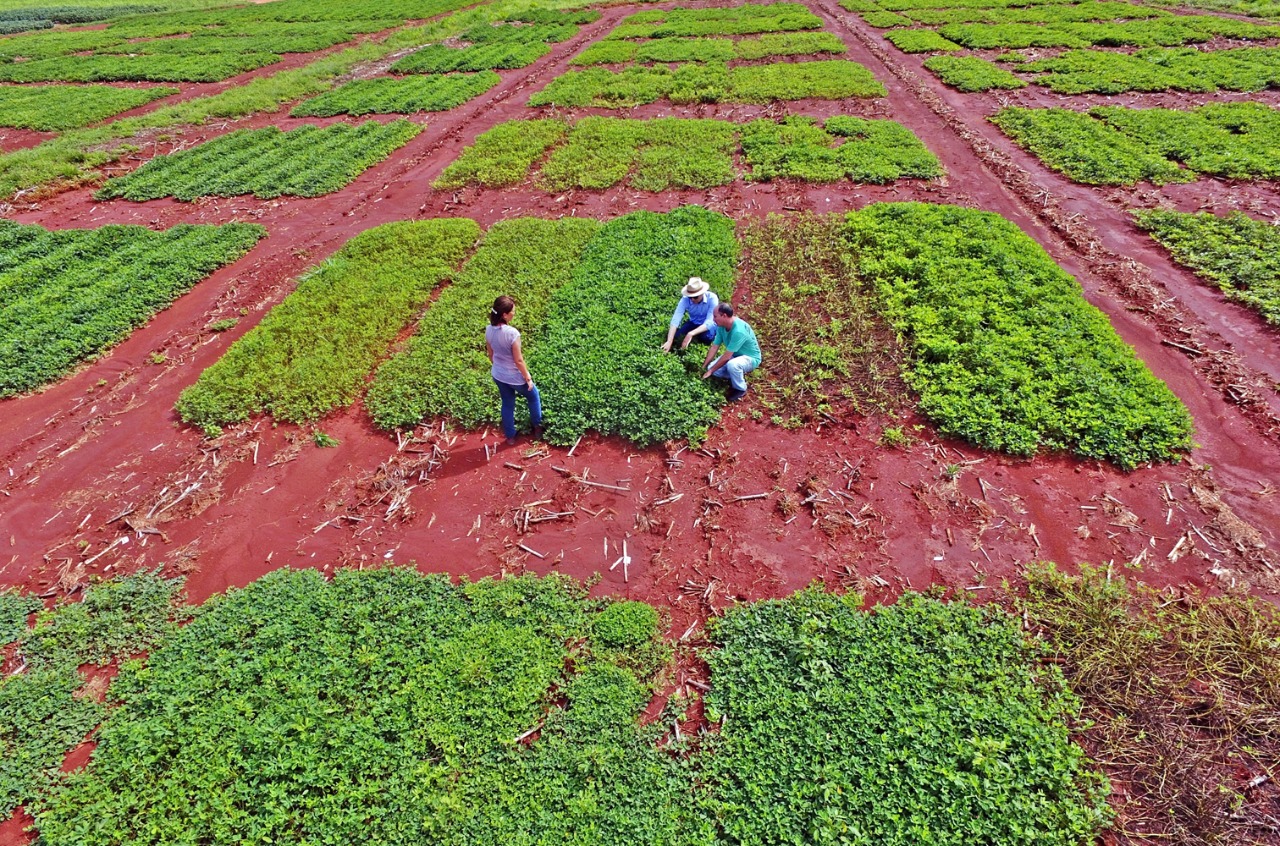Uso de especies silvestres como fuentes de resistencia a la cercosporiosis en el maní
DOI:
https://doi.org/10.17648/sas.v1i2.25Palabras clave:
Arachis hypogaea L., pre-mejoramiento, Marcadores Moleculares, Alotetraploides sintéticosResumen
La productividad del maní se puede reducir debido a la aparición de enfermedades de la hoja, lo que requiere, por lo tanto, un control químico con fungicidas para evitar pérdidas. Algunas especies silvestres del género Arachis muestran resistencia a las enfermedades de las hojas, siendo fuentes de genes de resistencia a la introgresión en el maní cultivado. El objetivo de este trabajo fue evaluar la resistencia a la cercosporiosis de las progenies derivadas de especies silvestres en combinación con cepas y monitorear segmentos genómicos de especies silvestres, posiblemente con genes de resistencia a las enfermedades de las hojas en las progenies. Las progenies se probaron en condiciones de alta presión de inóculo de cercosporiosis, sin control con fungicidas y tenían un desarrollo vegetativo normal, predominantemente bajo y plantas con síntomas de mancha anular en varias parcelas. Ninguna progenie mostró resistencia completa a la cercosporiosis. La línea 19-2673 tuvo el valor de gravedad más bajo (2.94) presentando dos segmentos con genes de resistencia de A. cardenasii con loci en homocigosis. Como referencia, el cultivar IAC OL3, que obtuvo un valor promedio de 8.88. Las progenies 19-2675, 19-2674 y 19-2671 no tuvieron una defoliación completa del tercio inferior, con todos los loci en heterocigosis. Las progenies 19-2688, 19-2687, 19-2680 y 19-2679 no presentaron los segmentos de A. cardenasii y tuvieron una severidad intermedia más alta y una defoliación más intensa de los tercios inferior y medio de las plantas. Las progenies con alta severidad y mayor defoliación tampoco mostraron los segmentos de A. cardenasii. Se identificaron cuatro progenies interespecíficas, con mayores niveles de resistencia a la cercosporiosis, de las especies A. magna, A. batizocoi y A. cardenasii.
Descargas

Descargas
Publicado
Cómo citar
Número
Sección
Licencia
Autores concordam com os seguintes termos:
a) Os autores mantêm os direitos autorais e concedem à revista o direito de primeira publicação, com o trabalho simultaneamente licenciado sob a LicençaAttribution-NonCommercial-ShareAlike 4.0 International, que permite o compartilhamento do trabalho com reconhecimento da autoria e publicação inicial na Revista SAS. A licença permite o uso, a distribuição e a reprodução irrestrita, em qualquer meio, desde que devidamente citada a fonte. Essa licença permite também que outros remixem, adaptem e criem a partir do seu trabalho para fins não comerciais, desde que atribuam a você o devido crédito e que licenciem as novas criações sob termos idênticos.
b) Não cabe aos autores compensação financeira a qualquer título, por artigos ou resenhas publicados na South American Sciences.
c) Os conceitos expressos nos artigos publicados na South American Sciences são de inteira responsabilidade de seus autores.








